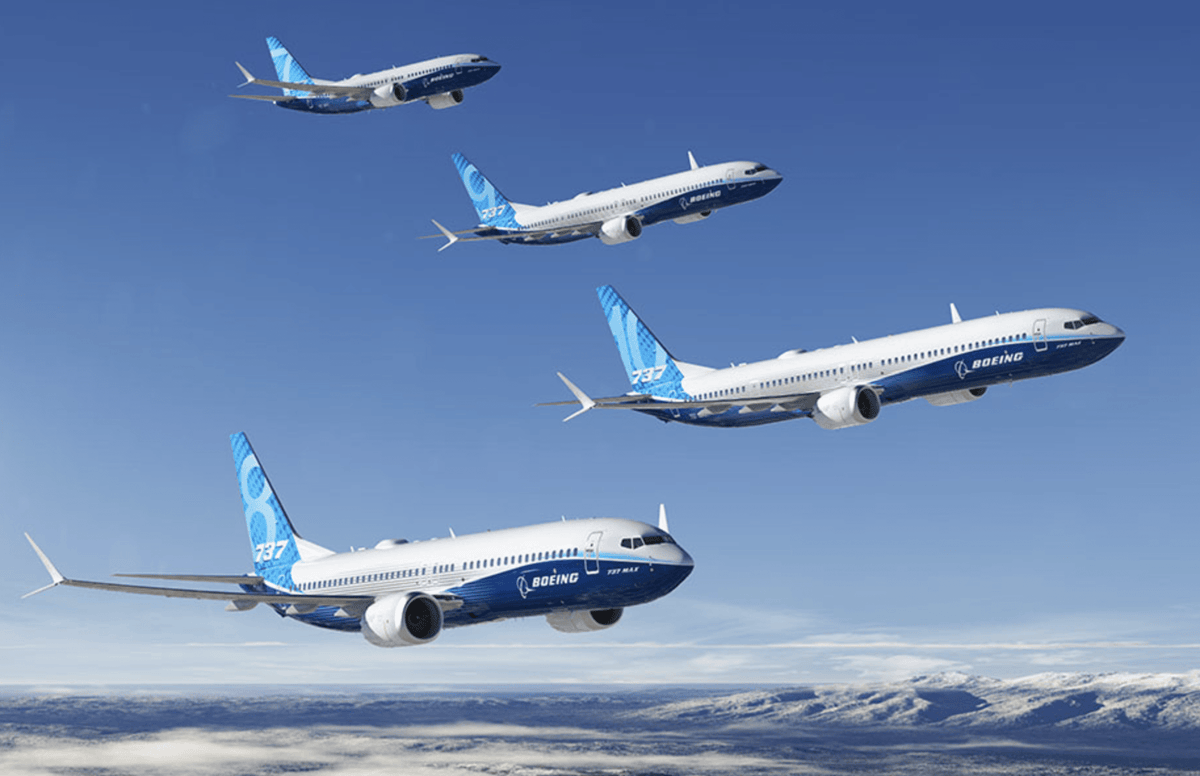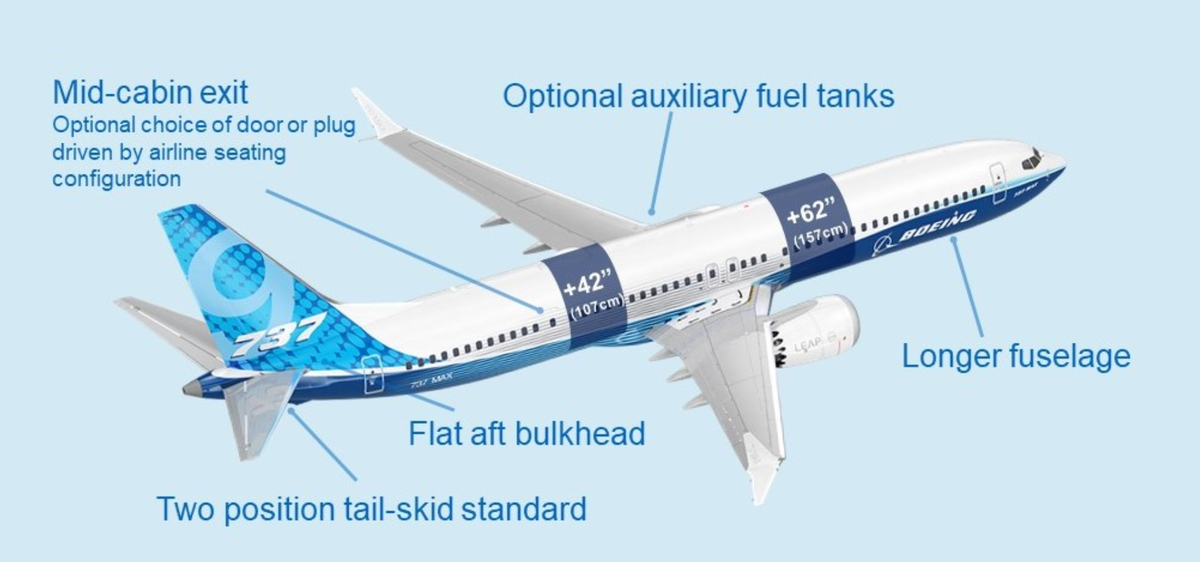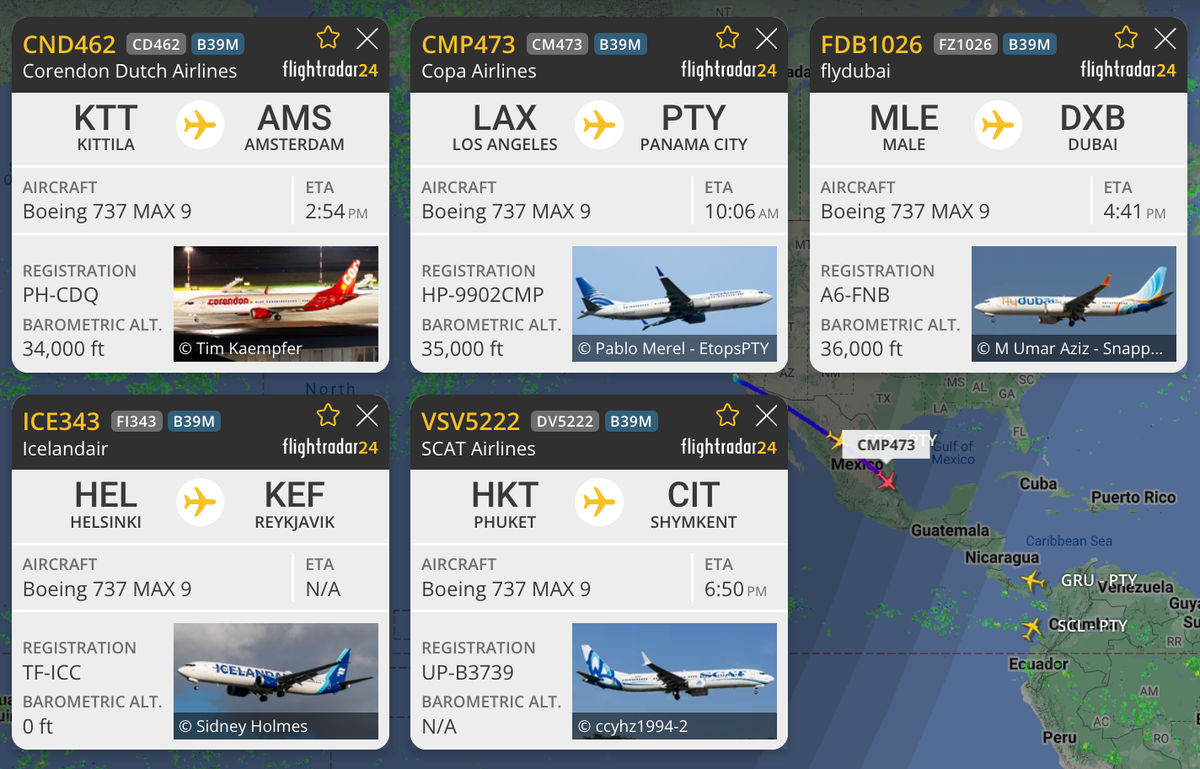Daniel Ross
Daniel Ross
Senior Content Contributor
834 Published Articles
Countries Visited: 64U.S. States Visited: 17
Daniel has loved aviation and travel his entire life. He earned a Master of Science in Air Transport Management and has written about travel and aviation in publications like Simple Flying, The Points...
Edited by: Katie Corrigan Seemann
Katie Corrigan Seemann
Travel Partnerships Manager and Podcast Co-Host
438 Published Articles 75 Edited Articles
Countries Visited: 30U.S. States Visited: 29
Katie has been in the points and miles game since 2015 and started her own blog in 2016. She’s been freelance writing since then and her work has been featured in publications like Travel + Leisure, L...


